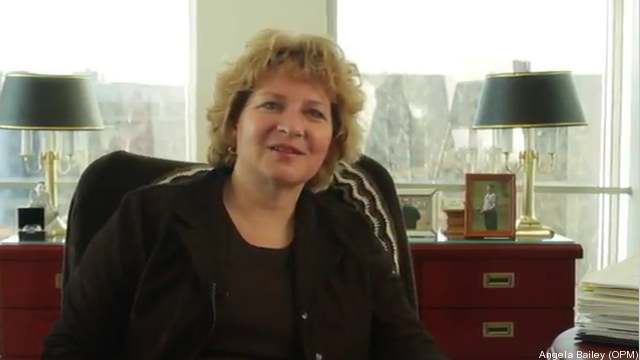 As college students, we keep hearing that “times are tough.” In the midst of economic uncertainty, we are studying hard, networking and trying to keep our resumes fresh. We want to work, and for those of us with a passion for public service, the government is our first choice for employment. The problem is that government employment might not be available.
As college students, we keep hearing that “times are tough.” In the midst of economic uncertainty, we are studying hard, networking and trying to keep our resumes fresh. We want to work, and for those of us with a passion for public service, the government is our first choice for employment. The problem is that government employment might not be available.
GovLoop member, Amanda Parker, recently completed her Master’s of Public Policy program. Through sacrifice and dedication to her work — and what Parker admits was a stroke of good luck — she secured an internship that she called her “dream job” at a federal agency. Alas, due to budget constraints, she’s afraid her agency won’t be able to convert her to a full-time employee upon completion. Keep reading →
 You’re a high profile executive in the technology industry with a record of innovation–and suddenly are being quietly considered by the White House as a potential candidate for an upcoming presidential appointment.
You’re a high profile executive in the technology industry with a record of innovation–and suddenly are being quietly considered by the White House as a potential candidate for an upcoming presidential appointment. Federal agencies looking to attract the next generation of technically-inclined leaders have their work cut out for them, but may also have a window of opportunity, according to
Federal agencies looking to attract the next generation of technically-inclined leaders have their work cut out for them, but may also have a window of opportunity, according to 
 Last month marked the one-year anniversary of the Obama administration’s initiative to speed up the time it takes to fill federal job vacancies. So, how has government fared in the past year?
Last month marked the one-year anniversary of the Obama administration’s initiative to speed up the time it takes to fill federal job vacancies. So, how has government fared in the past year? Despite some notable improvements over the past year by the Office of Personnel Management to streamline the process for federal hiring, federal job seekers are still often frustrated with, overwhelmed by or puzzled over the complex federal hiring process.
Despite some notable improvements over the past year by the Office of Personnel Management to streamline the process for federal hiring, federal job seekers are still often frustrated with, overwhelmed by or puzzled over the complex federal hiring process. Human resource executives expressed doubt Wednesday about attracting and retaining top talent needed to drive innovation, particularly in the current economic climate.
Human resource executives expressed doubt Wednesday about attracting and retaining top talent needed to drive innovation, particularly in the current economic climate. How many job seekers say, “I want to work for an organization with a poor reputation?” Or, “I want to work at a place where employees don’t get any personal or professional satisfaction?”
How many job seekers say, “I want to work for an organization with a poor reputation?” Or, “I want to work at a place where employees don’t get any personal or professional satisfaction?” As college students, we keep hearing that “times are tough.” In the midst of economic uncertainty, we are studying hard, networking and trying to keep our resumes fresh. We want to work, and for those of us with a passion for public service, the government is our first choice for employment. The problem is that government employment might not be available.
As college students, we keep hearing that “times are tough.” In the midst of economic uncertainty, we are studying hard, networking and trying to keep our resumes fresh. We want to work, and for those of us with a passion for public service, the government is our first choice for employment. The problem is that government employment might not be available. The federal government’s centralized job site,
The federal government’s centralized job site, 